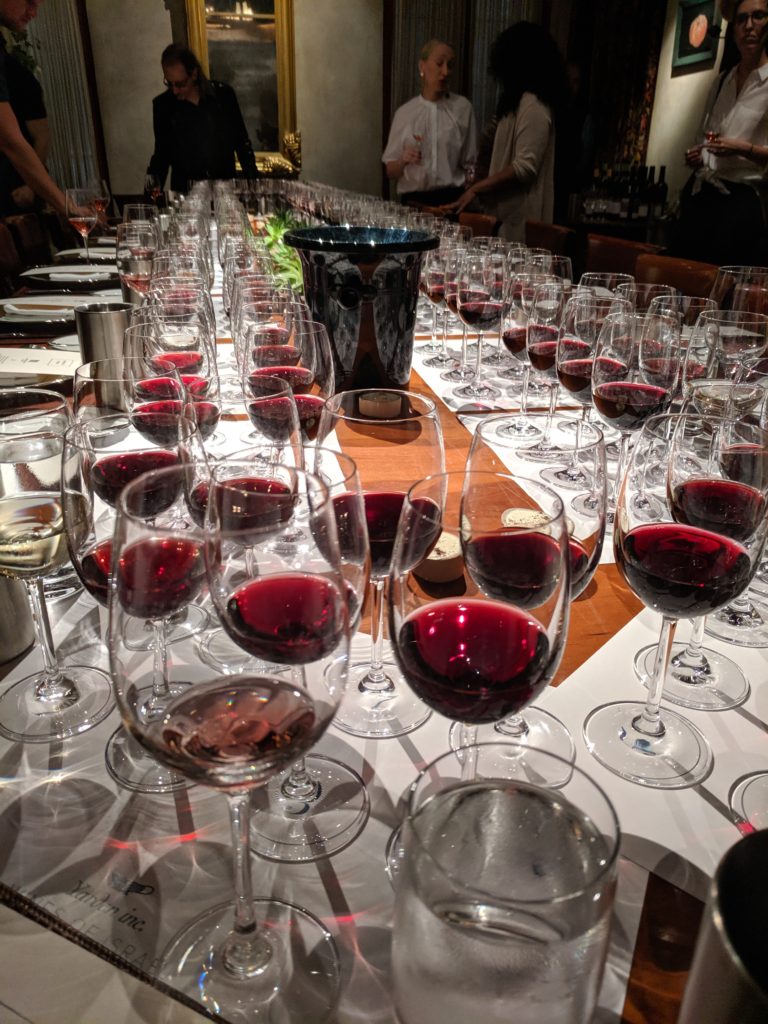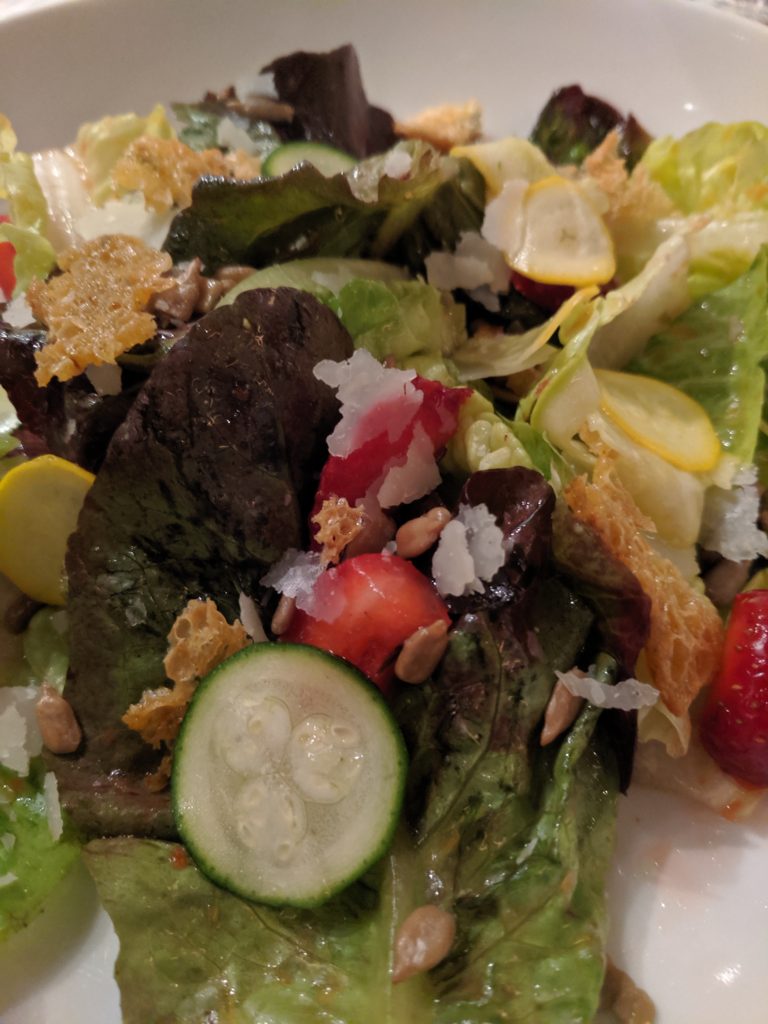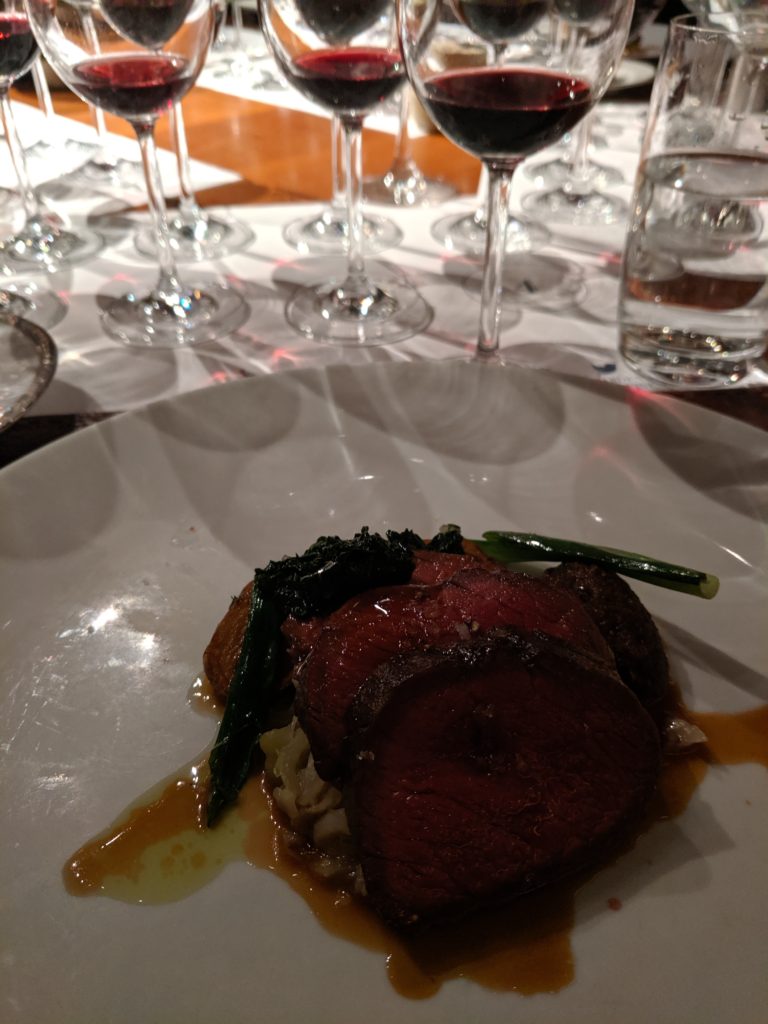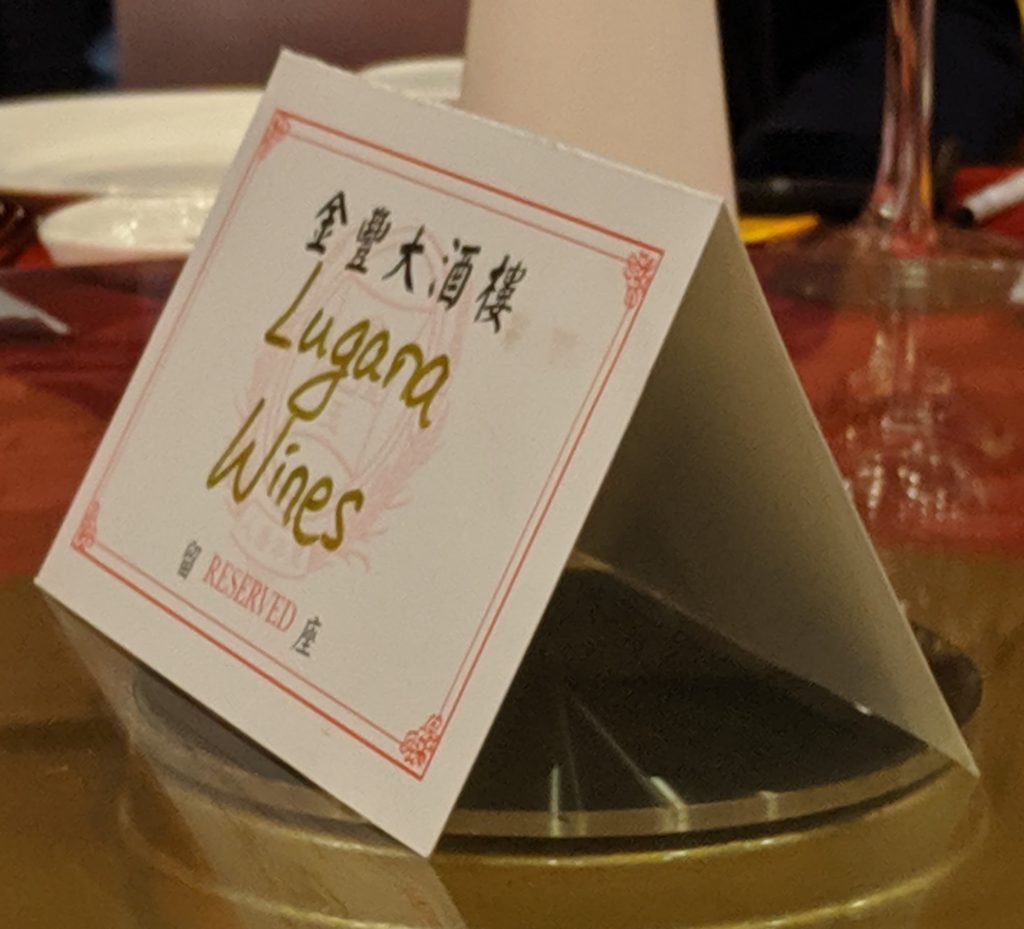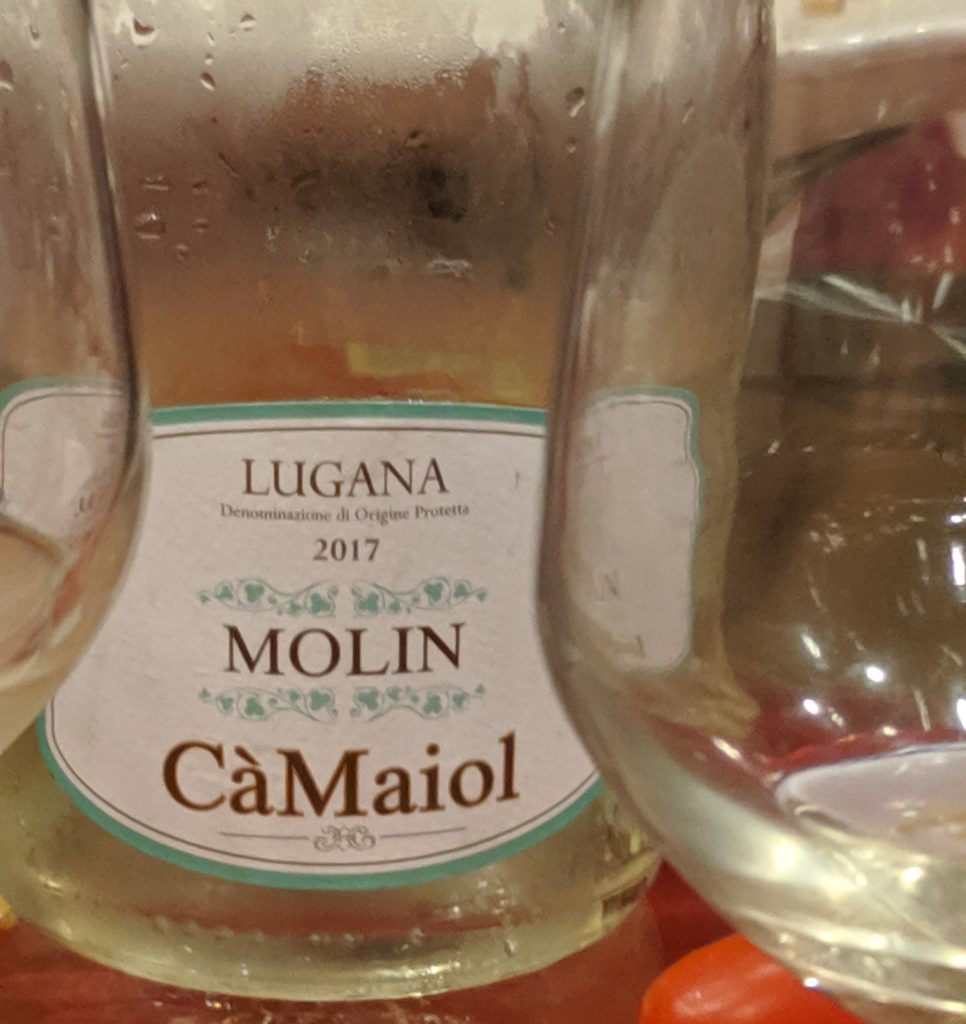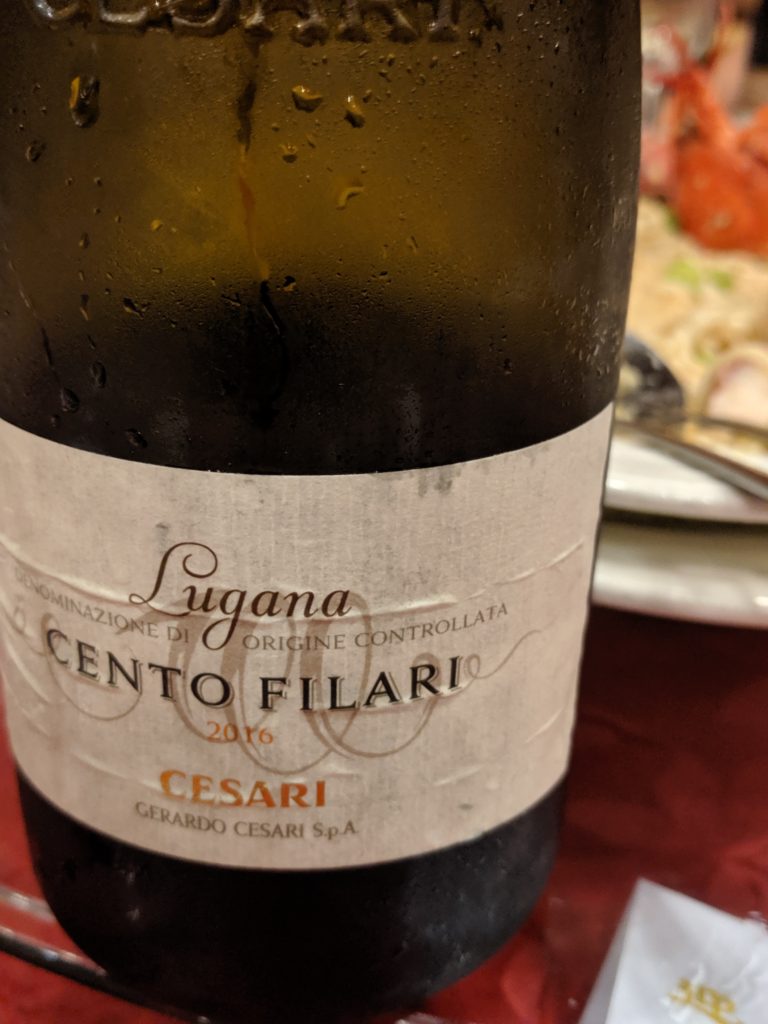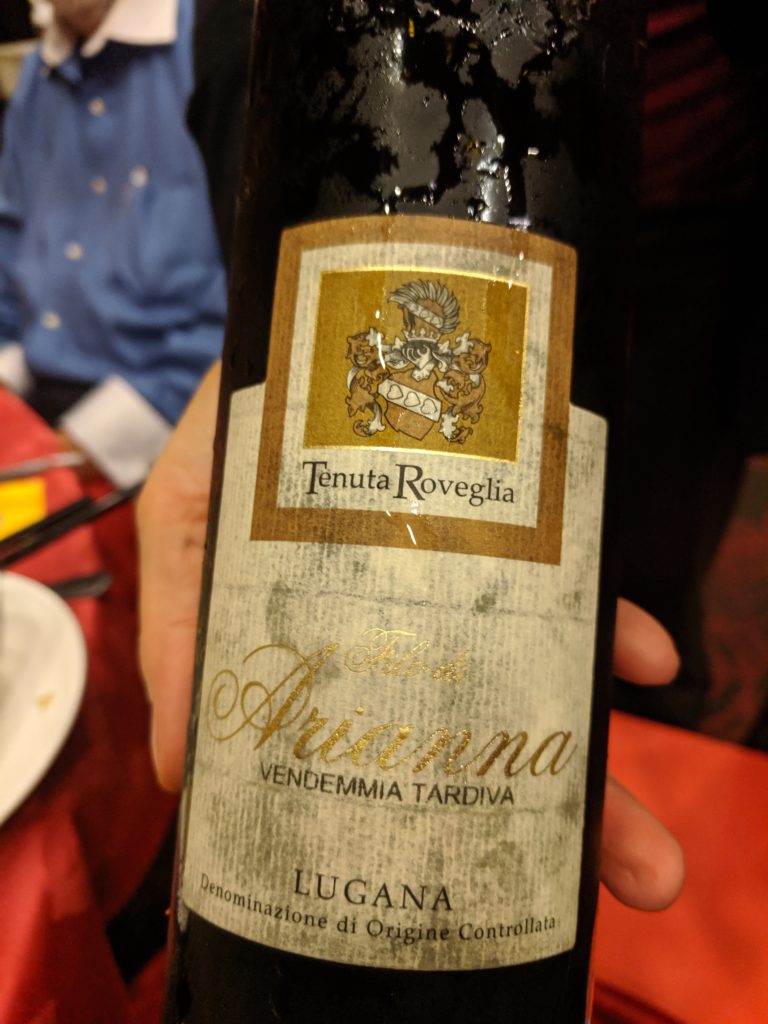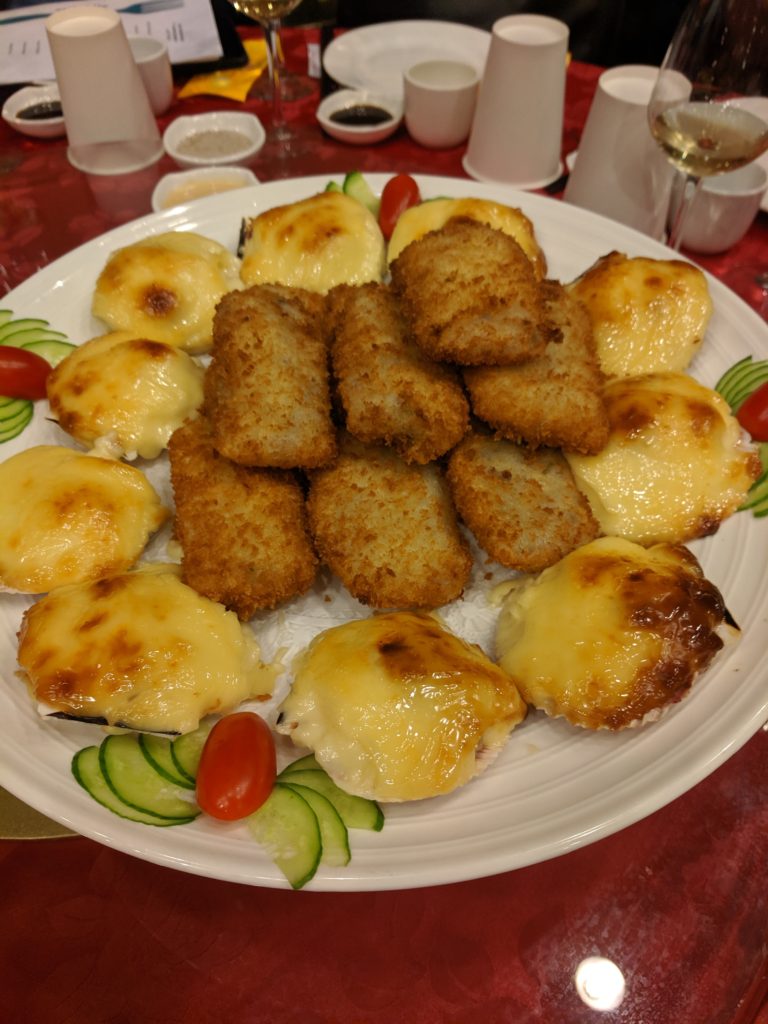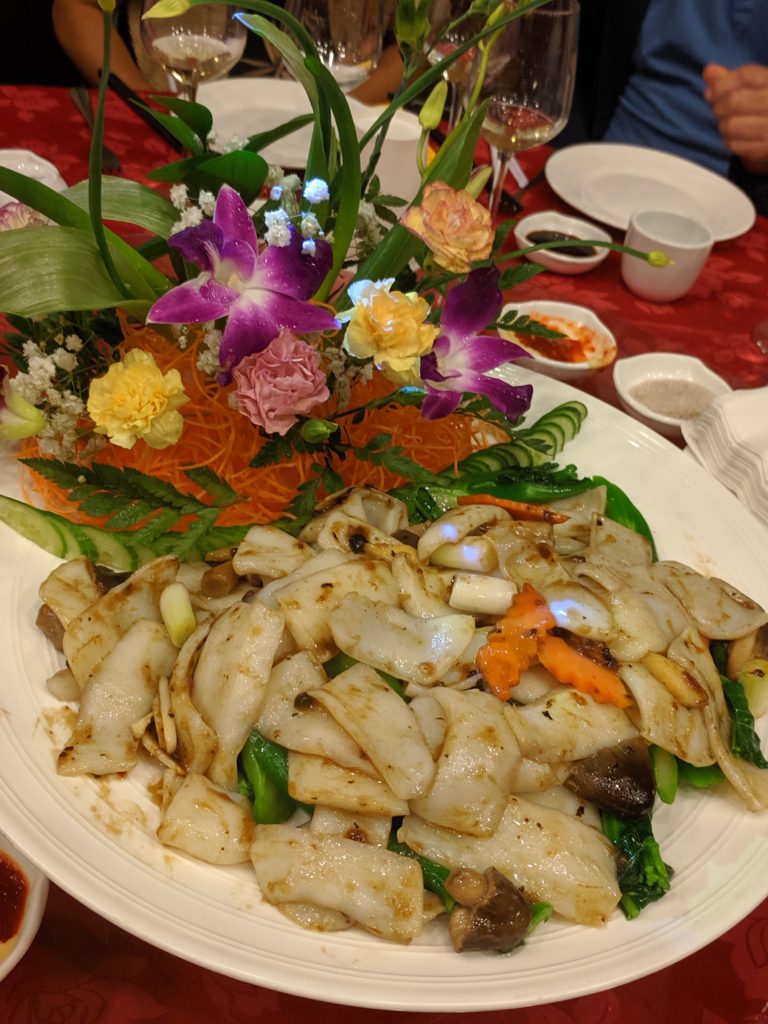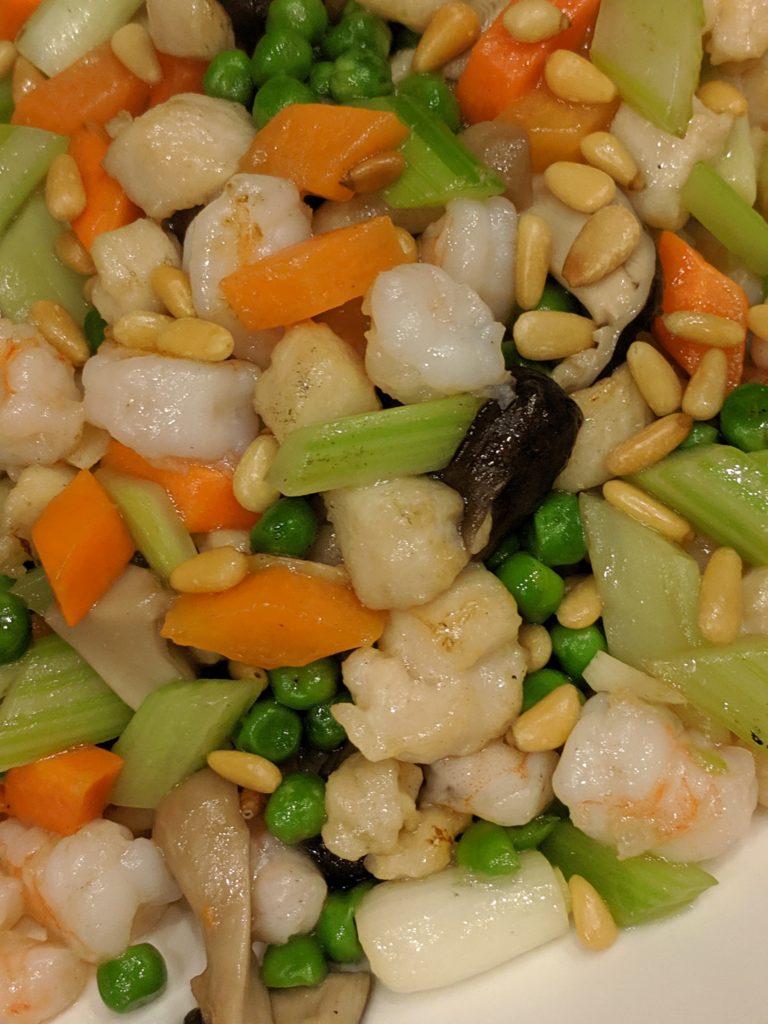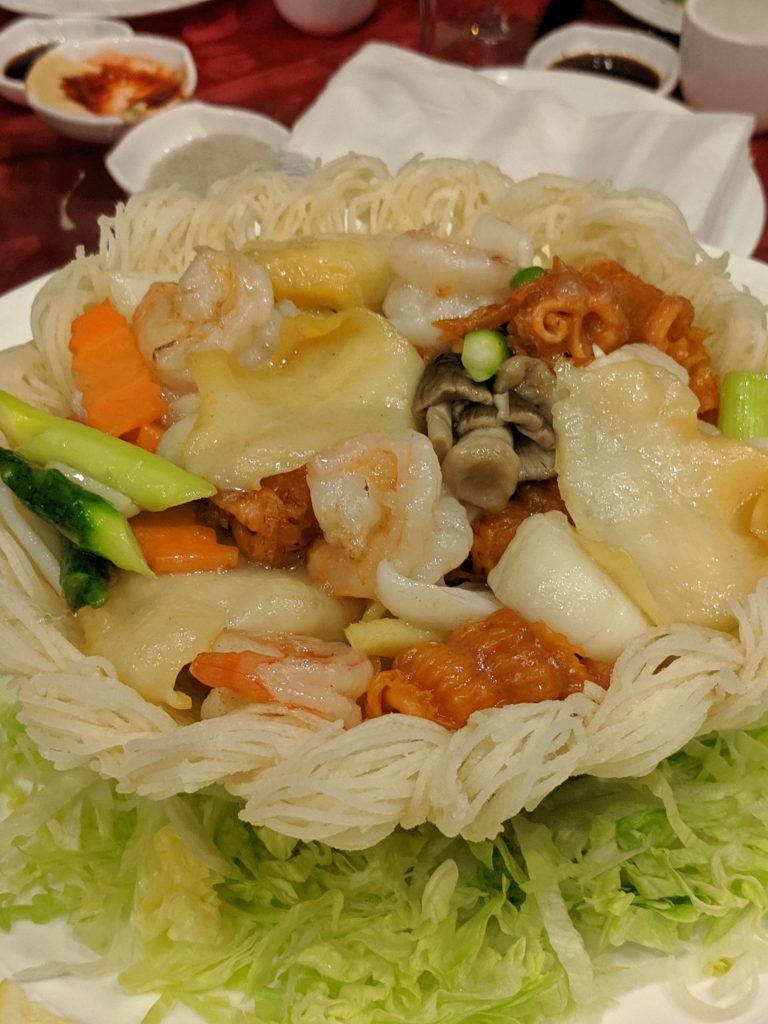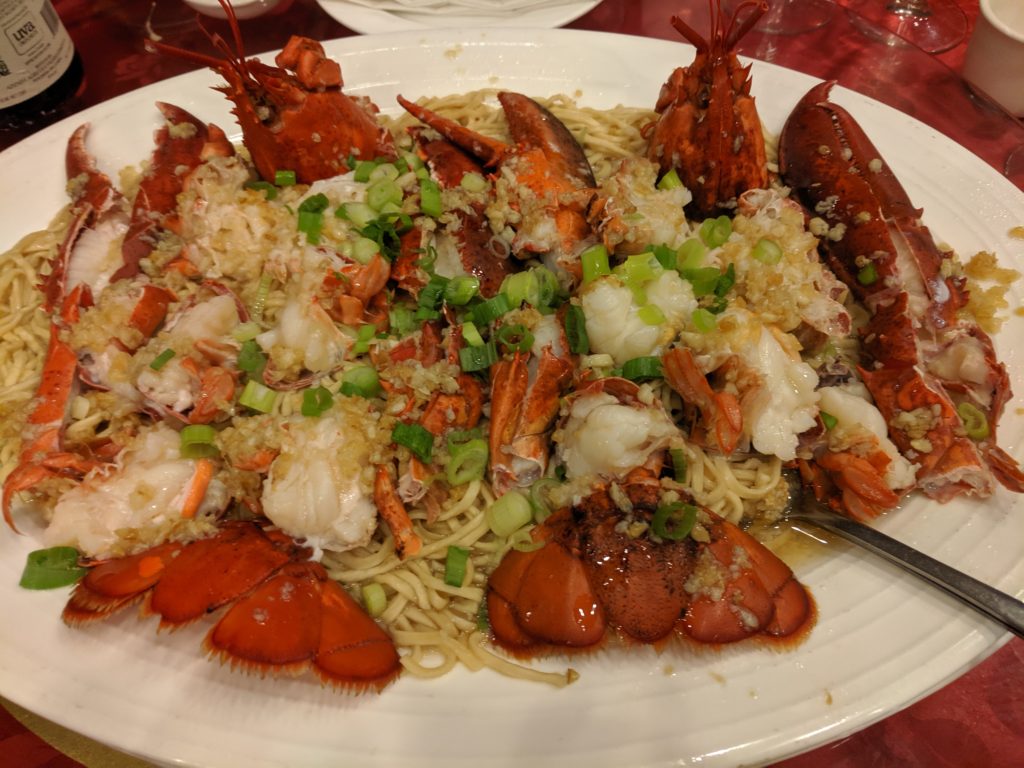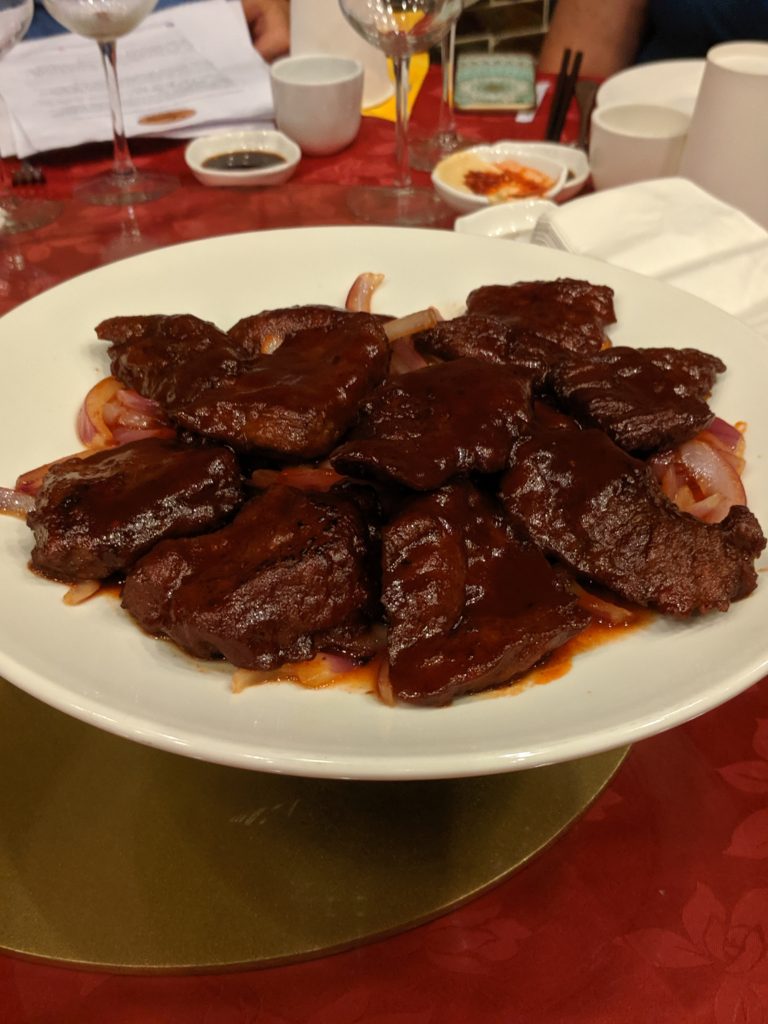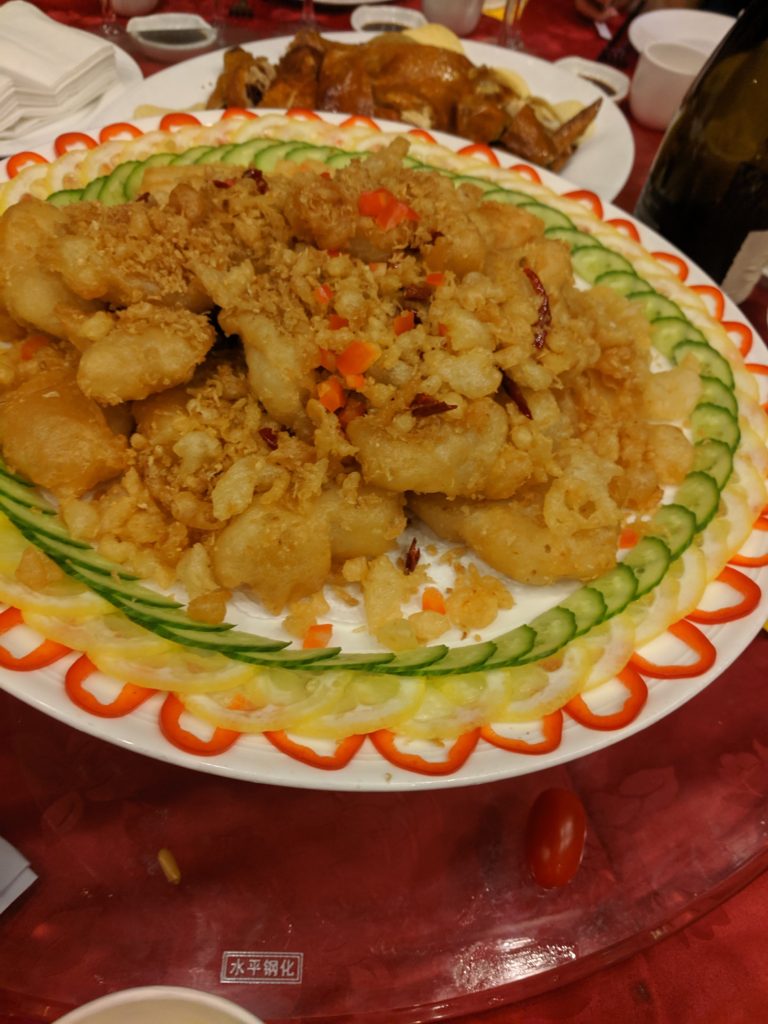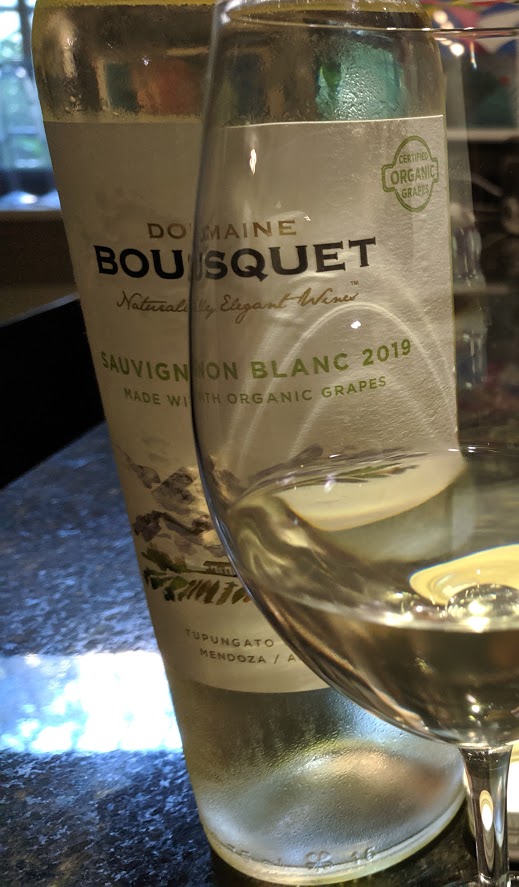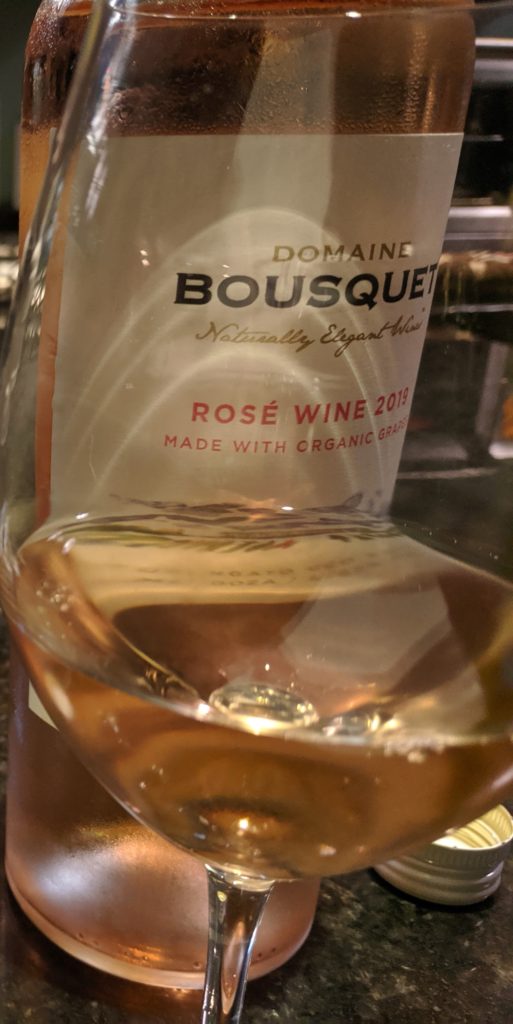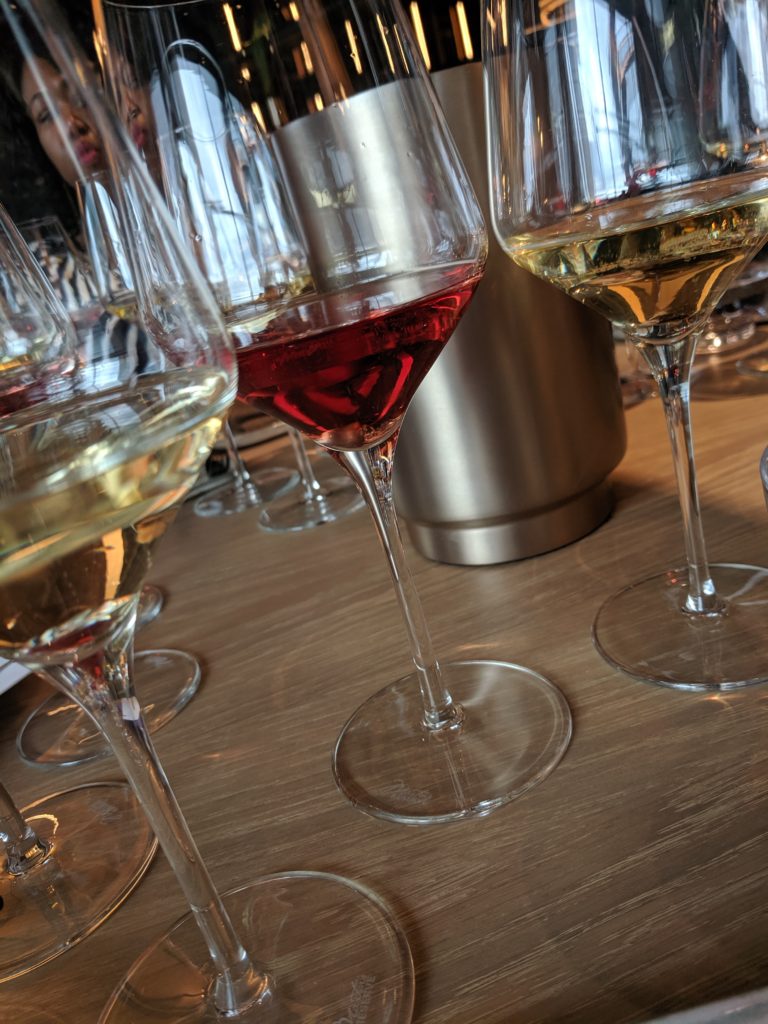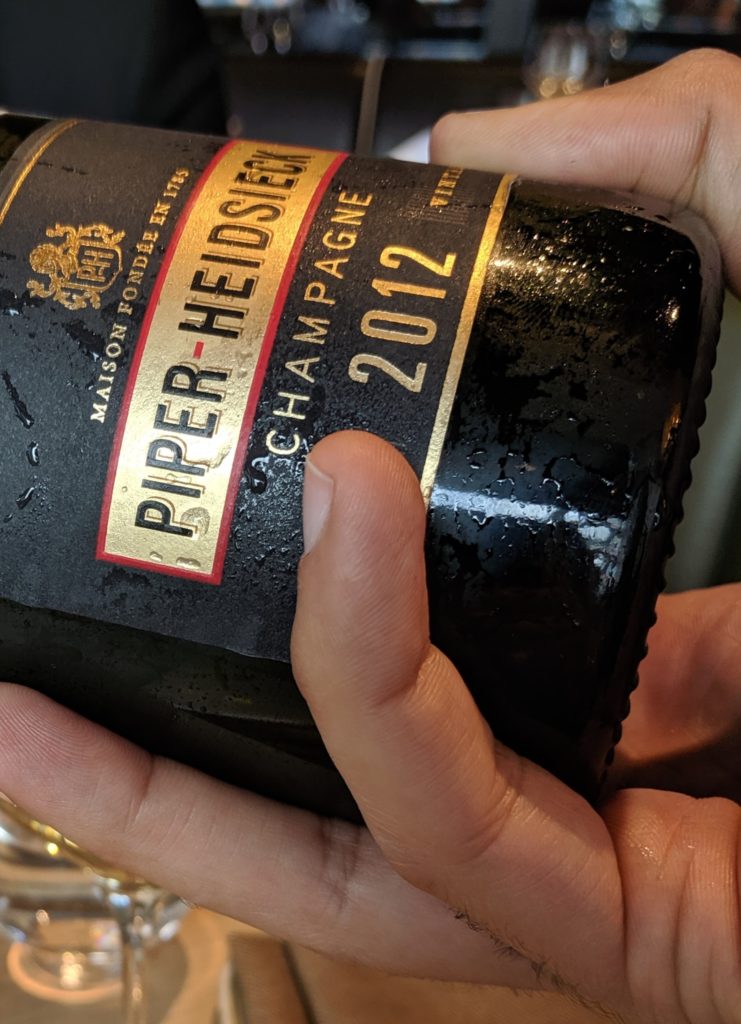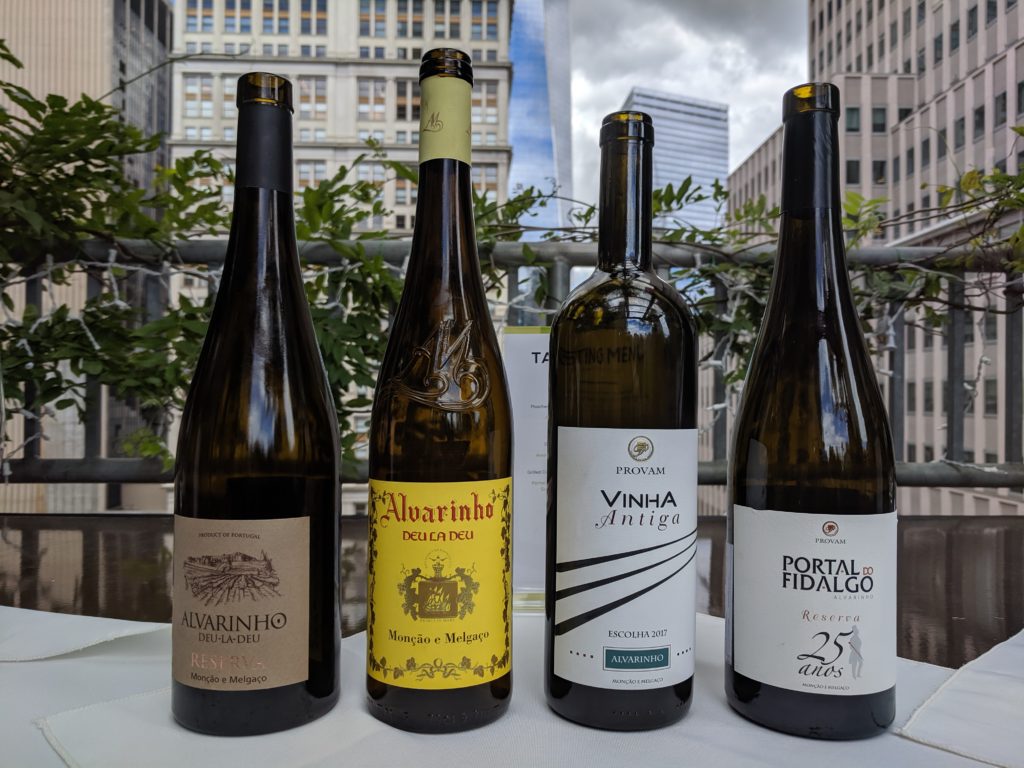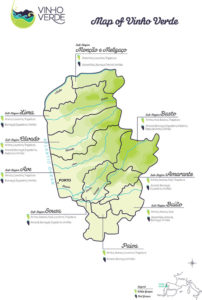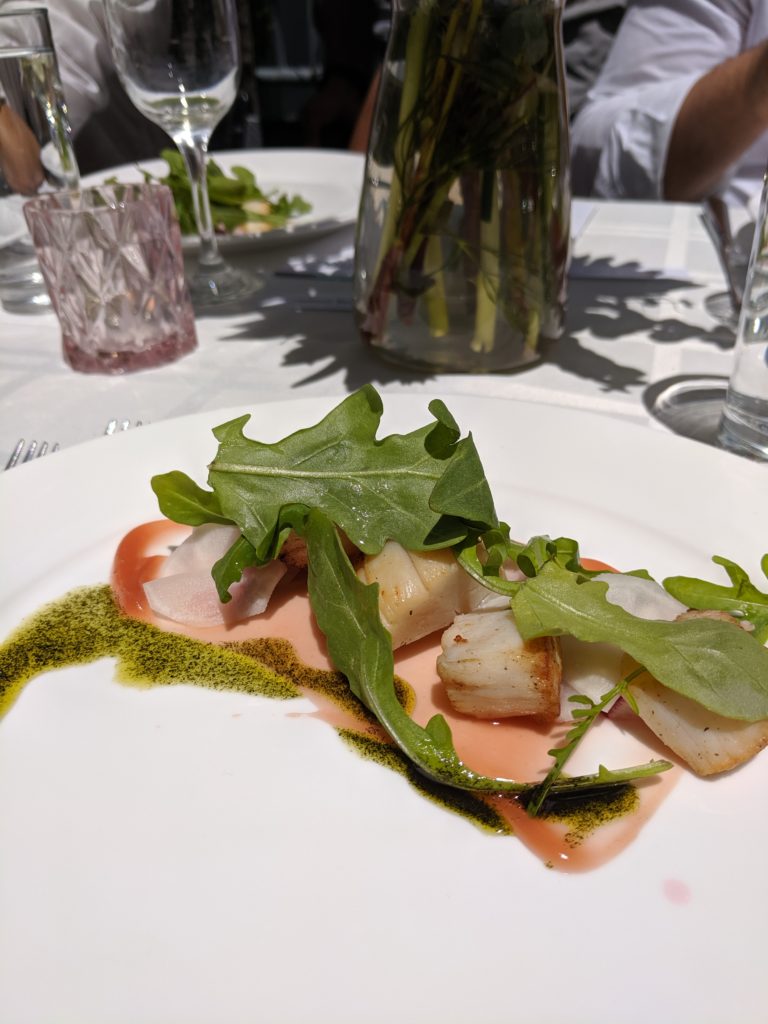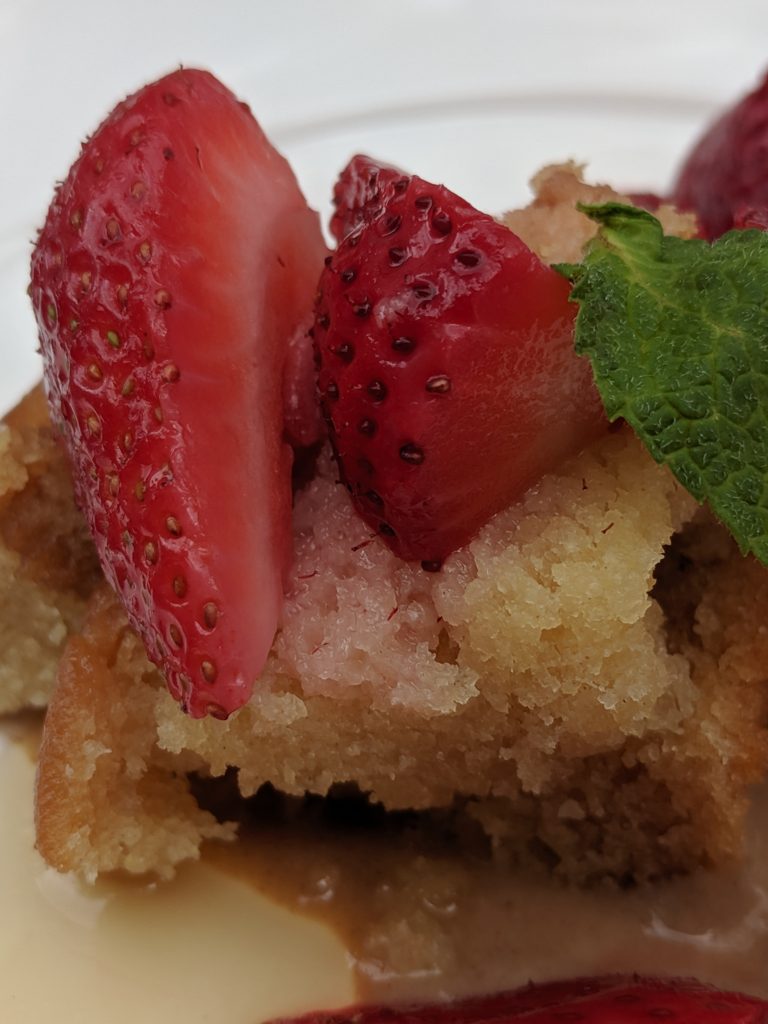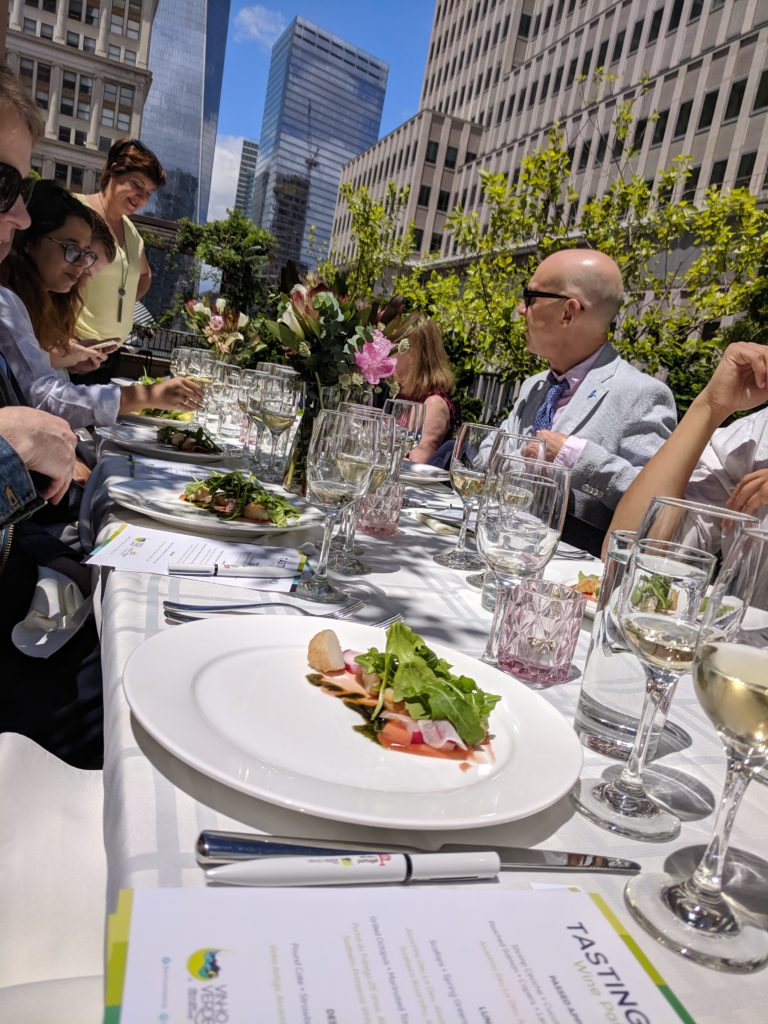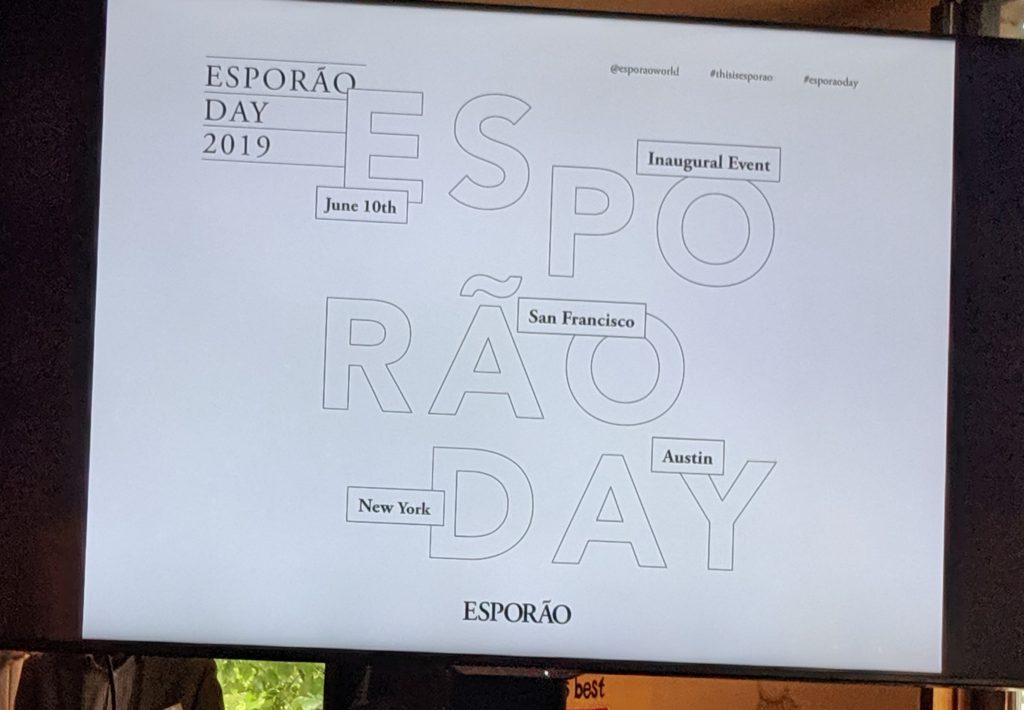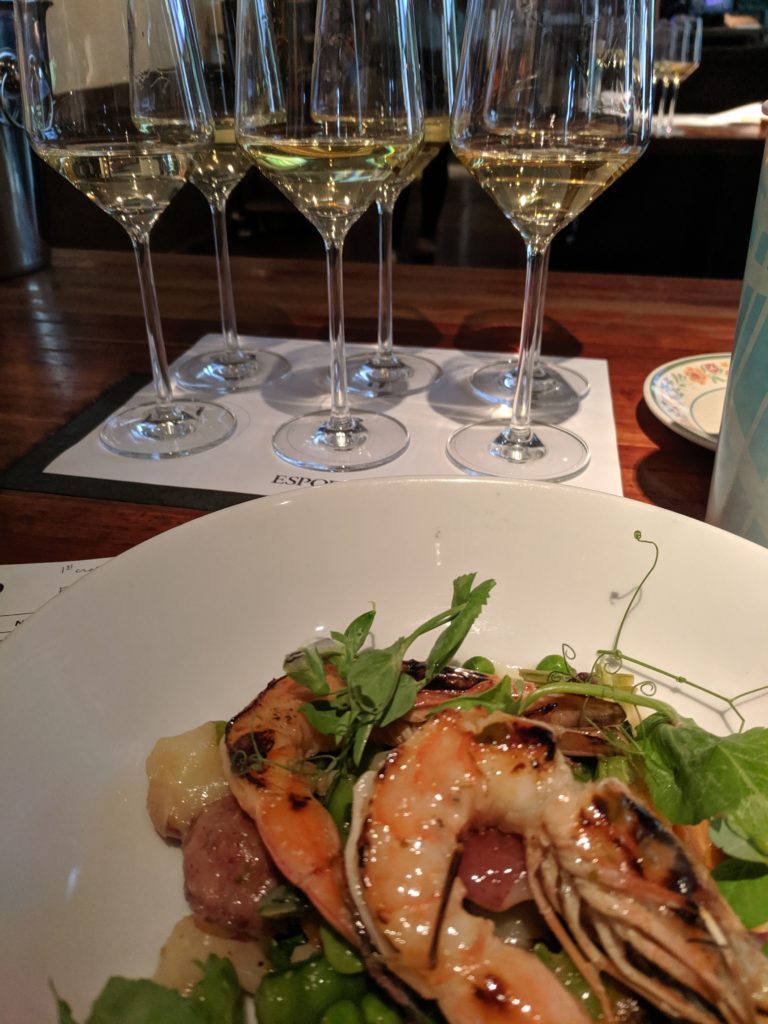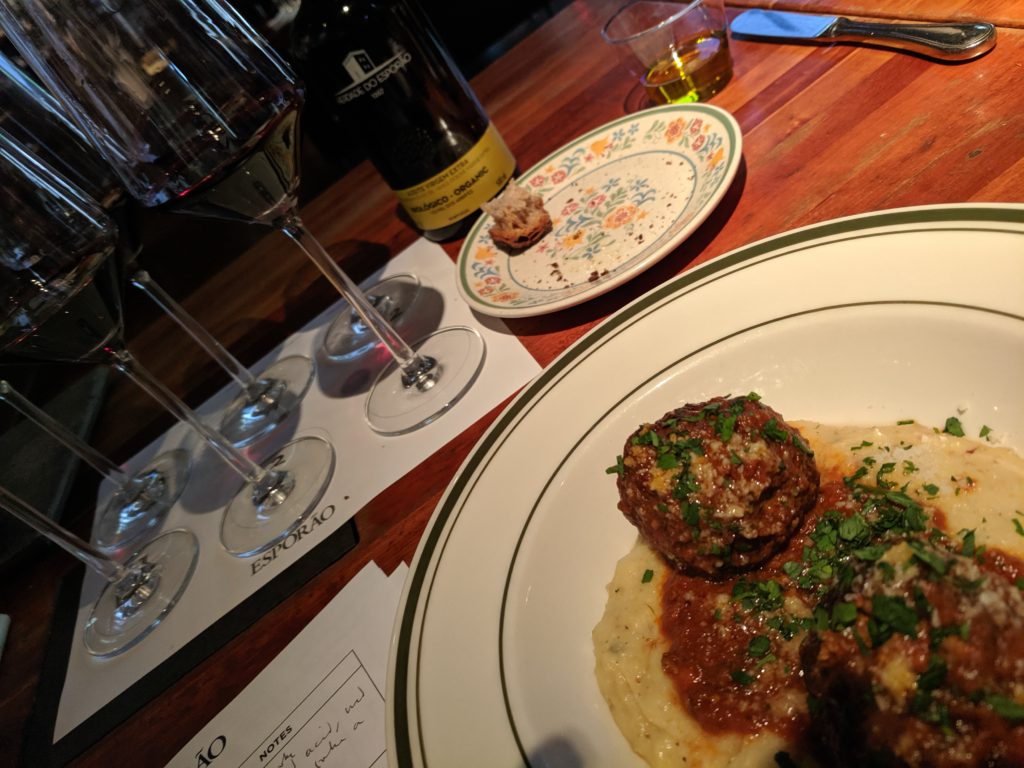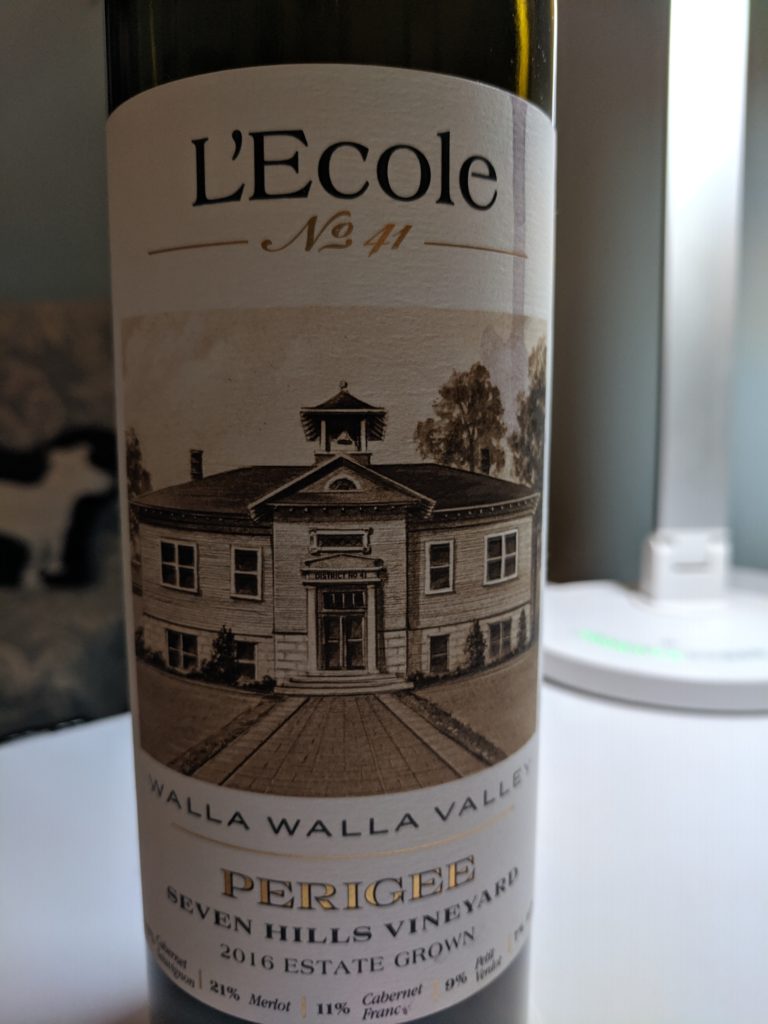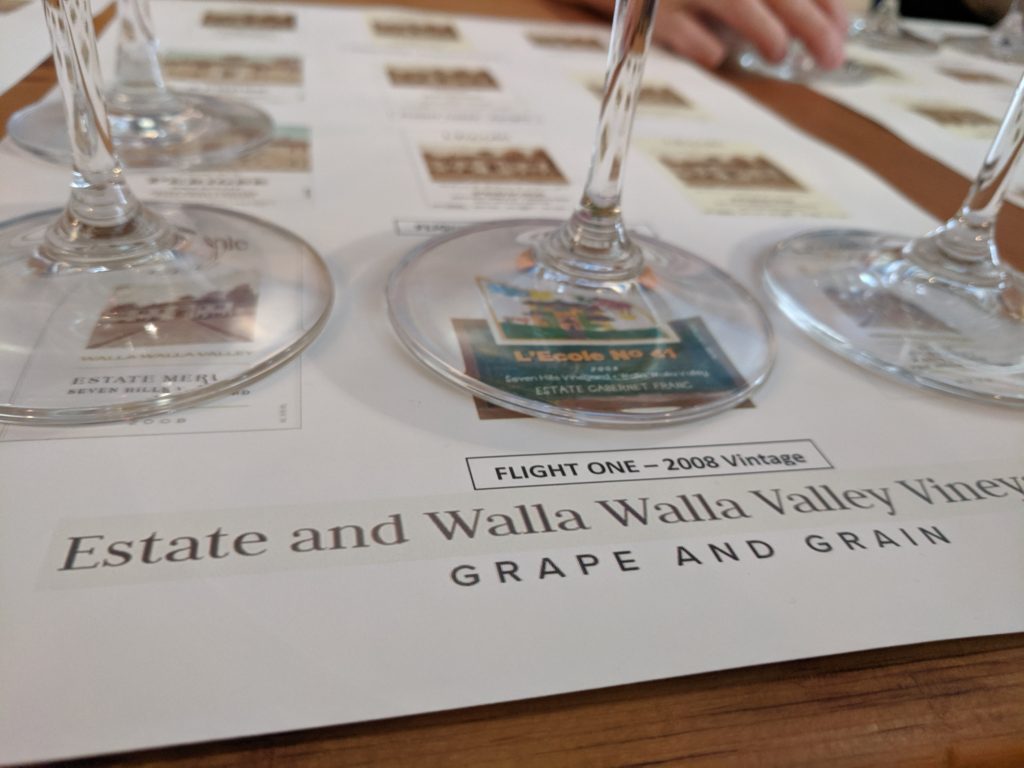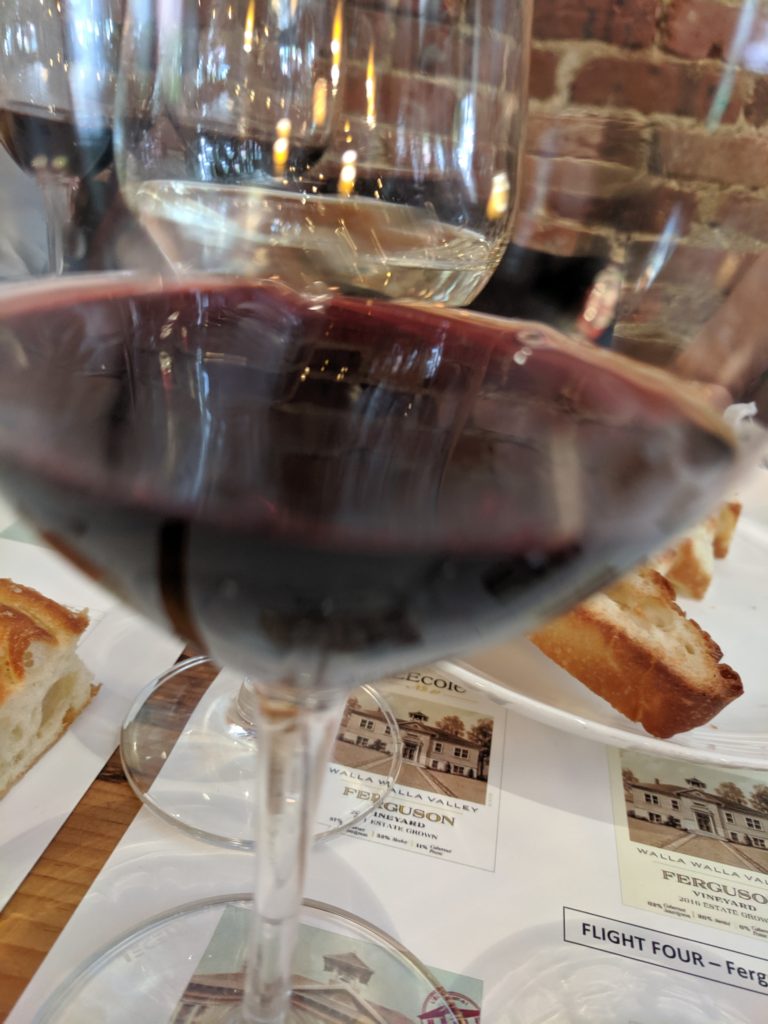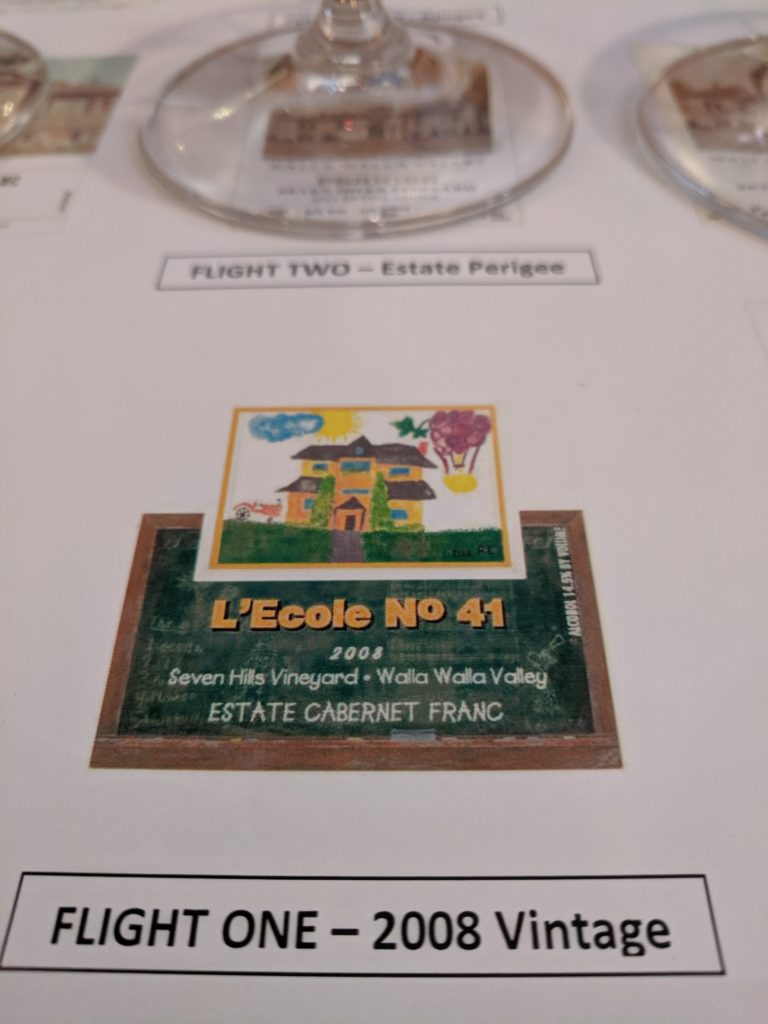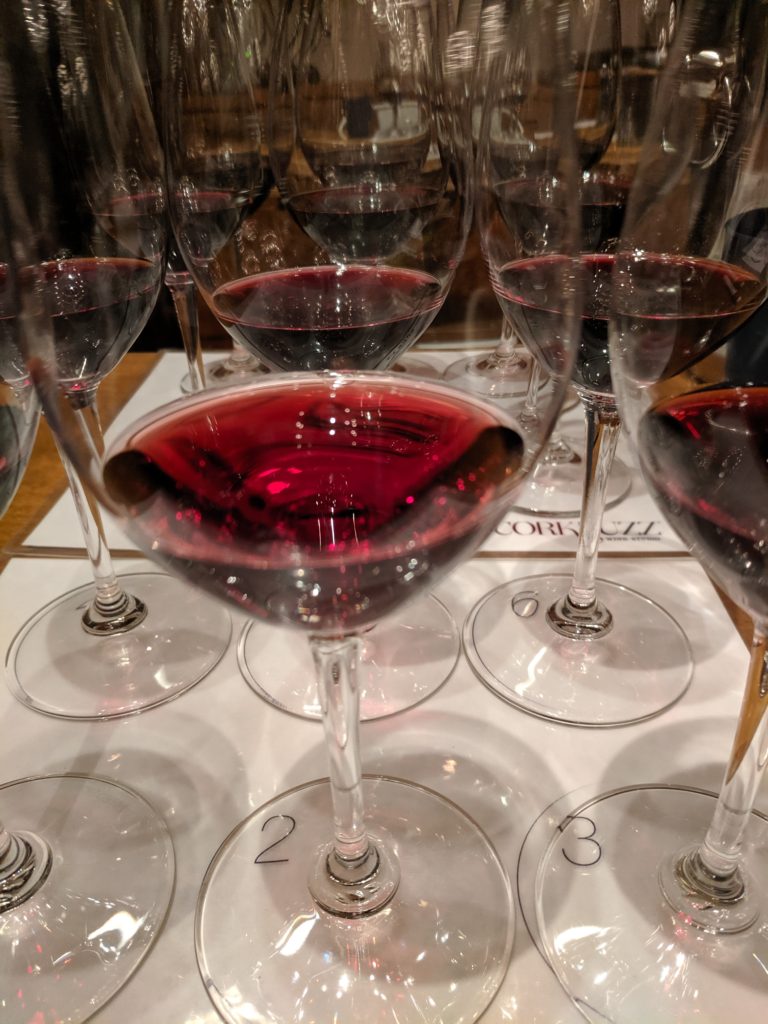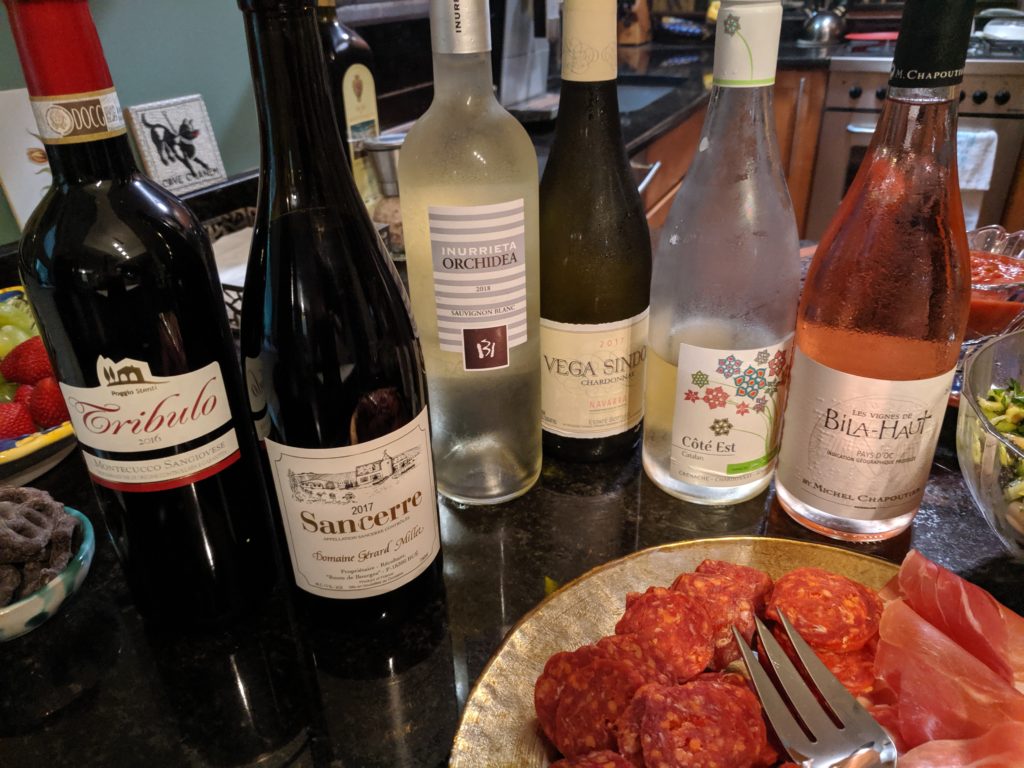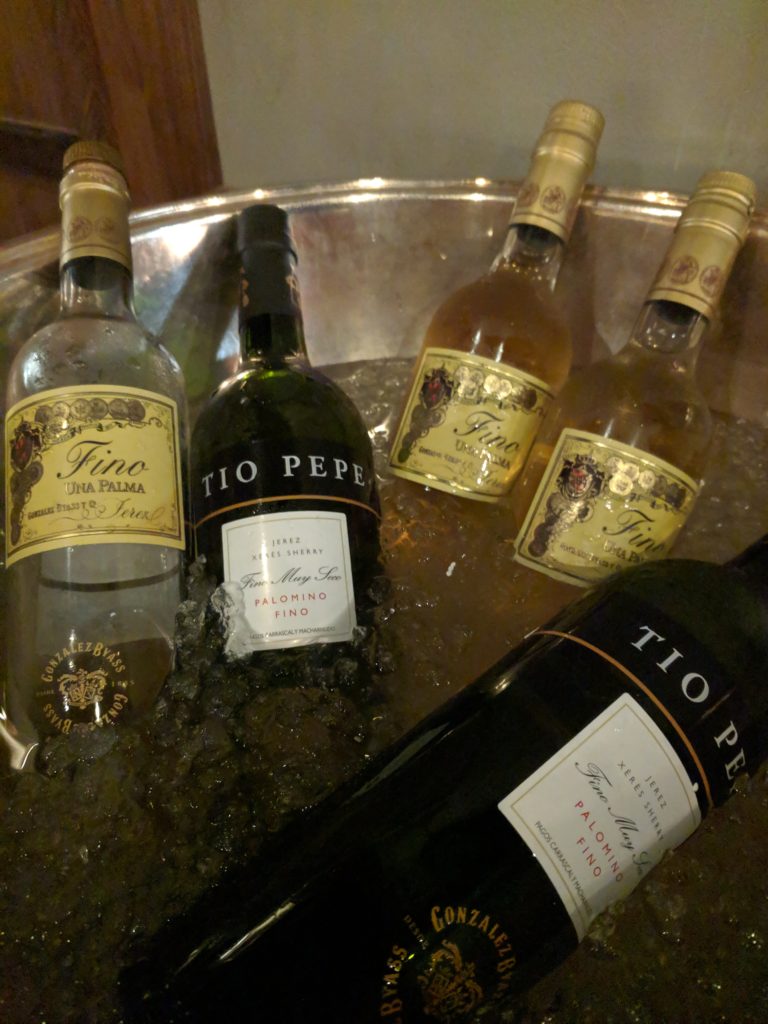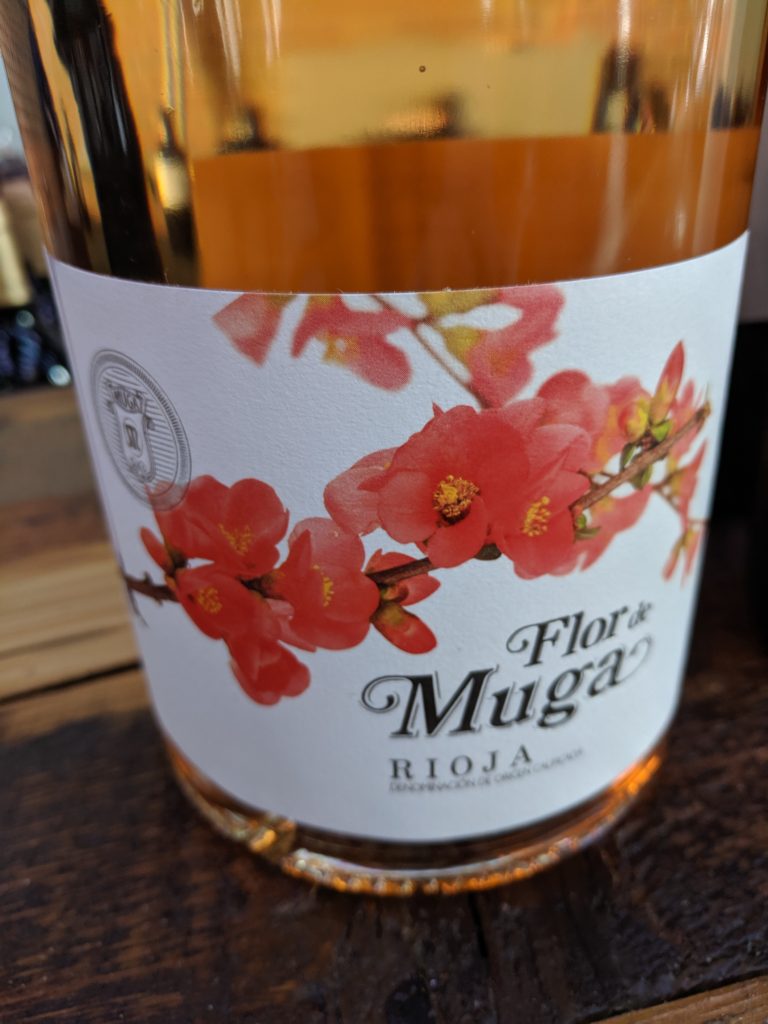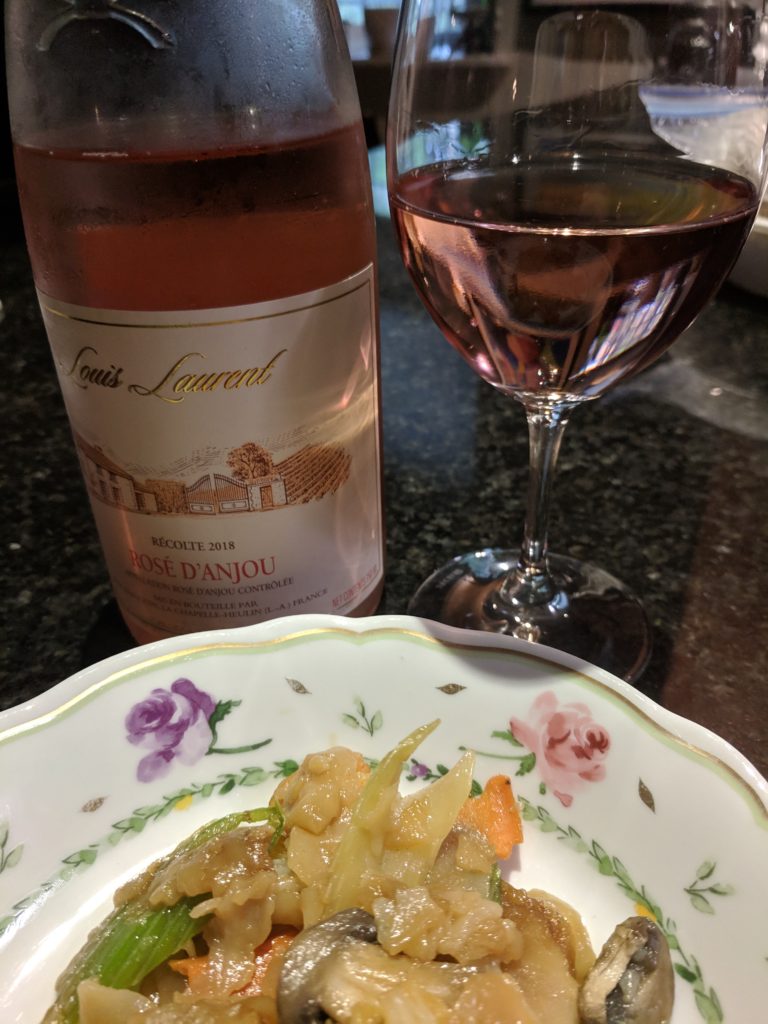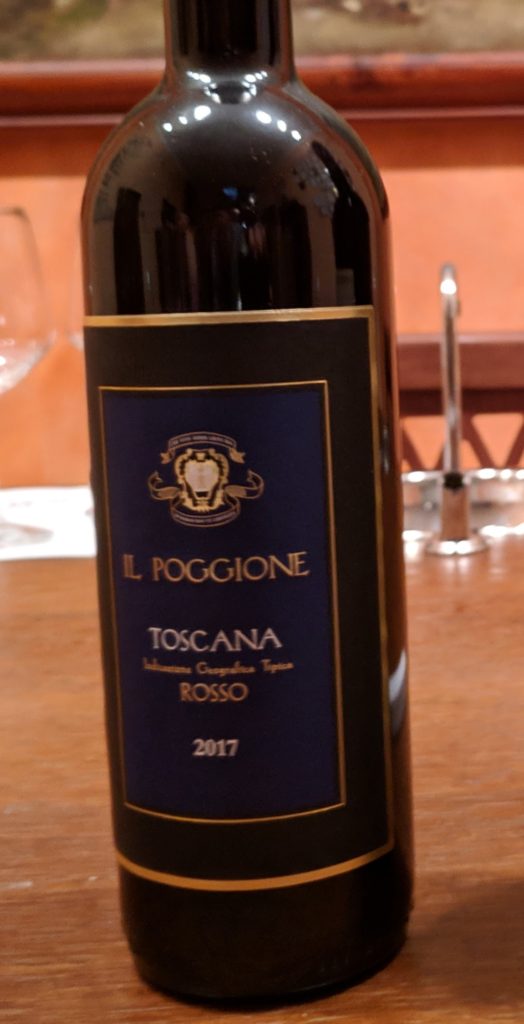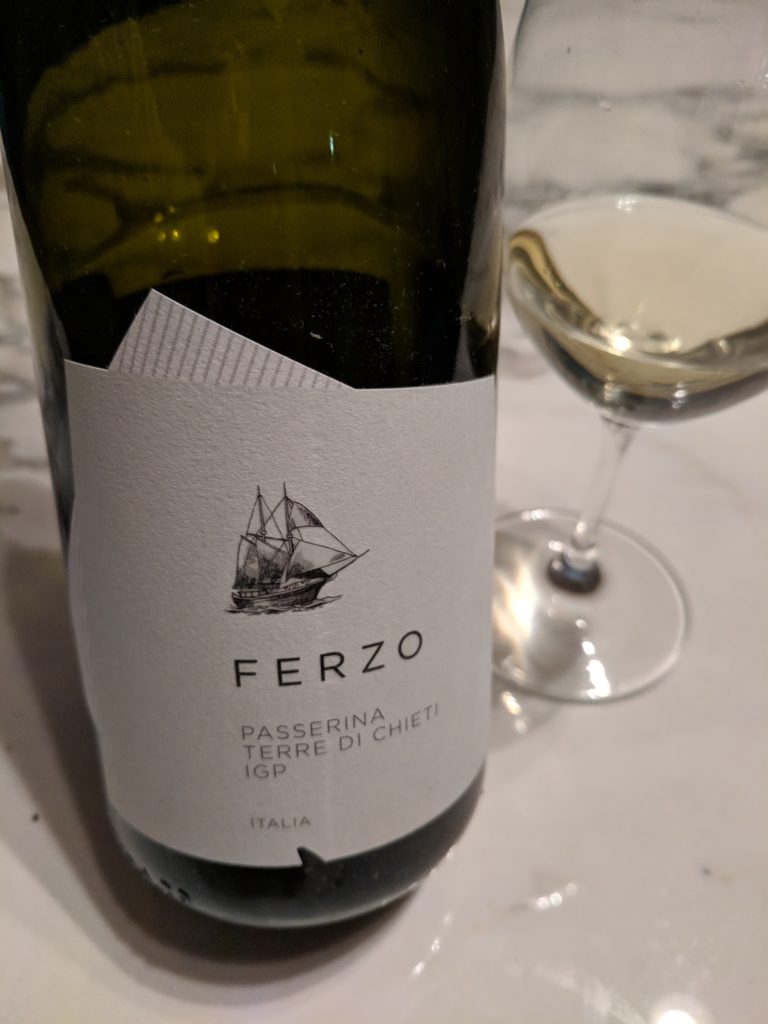
As a more recent addition to the Israeli wine scene, Galil Mountain was established by Golan Heights Winery (which produces Yarden) as a joint venture in 2000. With its emphasis on entry-level wines, it serves as a lovely counterpoint to those produced at Golan Heights. But, make no mistake, these are still well-made, high quality wines, capable of aging, despite their wallet-friendly price points.
Keeping it within the family, Galil Mountain recently appointed Michael Avery as a winemaker for the brand, who had previously worked closely with Victor Schoenfeld at Yarden for more than a decade. Michael speaks very highly of his mentor noting that Victor is one of the biggest contributors to the industry and, more personally, acknowledges how much he learned from him, including how to make sparkling wine.
Before arriving in Israel, Avery was raised on the family farm in Mildura, Australia, gaining exposure to grape growing and winemaking, which he then pursued formally, earning degrees in winemaking from Monash University and the University of Adelaide. Upon graduation, he worked in McLaren Vale for Kangarilla Road/Gemtree Winery, then later studied with an Israeli and decided to do a vintage in Israel. Not long after, Victor offered him a seasonal position, which Avery jokes was a really long vintage, staying on with Yarden until 2018. After a brief hiatus in Oregon, Avery returned to Israel to take on a winemaker role with Galil Mountain.
Avery is excited about the opportunity to work at Galil Mountain, which cultivates five vineyards to the north of the Sea of Galilee. Here, the high elevation of the vineyards (the vineyards are at 2000 feet above sea level), volcanic soils, good diurnal variation, moderate temperatures, limited rain, no disease pressure, good light and great air circulation all conspire to provide very favorable conditions for grape growing. Consequently, they are able to grow various varieties, ultimately producing a wide range of wines.
Like its sister winery, Galil Mountain is focused on sustainable practices, which it has adopted from the Lodi Rules program. Avery explained that while some organic and biodynamic techniques have been implemented, the over-arching principle is to take the practices that work best for their situation. Among the more specific practices that are used at Galil include lots of compost and soil management as well as the reuse of materials such as the couches at the winery made from old pallets.
Under the Galil Mountain brand, the winery produces three main labels: Galil Mountain, Galil and its flagship wines, which are blends created from specific vineyards. The percentage of grape varieties change from vintage to vintage, depending on yield and growing conditions. Journalists were introduced to these wines (and to Avery) at a recent lunch, held at Gramercy Tavern.
TASTING NOTES
Galil Mountain Rosé 2018, $19.99
Produced from a blend of Barbera, Sangiovese, Pinot Noir and Grenache, this wine offered up nice fruit aromas and flavors of peach, berries/strawberry, with a slight grip and long length.
Galil Sauvignon Blanc 2018, $19.50
Aged on the lees for added texture, this wine was lean and mineral in character, with a pronounced nose of citrus and herbs. It displayed bright acidity, with a slight hint of ripeness on the palate, culminating in long length.
Galil Mountain Grenache 2018
This fresh and fruity, yet balanced, wine was medium-bodied, with lively acidity, aromas and flavors of berries and cherries, along with medium length.
Galil Mountain Merlot 2017, $15.99
This unoaked red showed notes of plum and coffee, giving way to flavors of red berries, sage and bitter chocolate. It had a more tannic structure than the Syrah.
Galil Mountain Cabernet Sauvignon 2018, $17.50
Notes of dark chocolate, menthol and black fruit greet the nose and persist on the dry palate, along with good acidity and medium+ body.
Galil Mountain Syrah 2017, $15.50
With gamey and leather aromas, this wine is fresh and full bodied, with red and black fruit and long length.
Galil Ela 2014, 19.99
A blend of Syrah, Barbera and Petit Verdot, this dry red wine spends one year in French oak barrels, but was quite delicate with smoke and red fruit aromas and flavors, medium+ body and long length.
Galil Alon 2014, $21.99
This wine is comprised of Cabernet Sauvignon, Syrah, Petit Verdot and Cabernet Franc, which have been aged in French oak for 12 months. With darker fruit, spice, slight cocoa, well ripened tannins and well-integrated oak, this was an especially lovely wine.
Galil Yiron 2015, $35.00
Bringing together Cabernet Sauvignon, Merlot, Syrah and Petit Verdot, this dry red was intense and rich on both the nose and palate. It spent 16 months aging in French oak barrels and displayed an elegant structure, with lots of red and black fruit notes.

